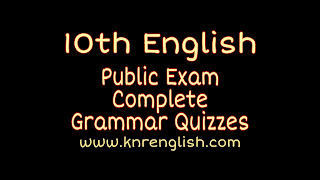Electronic Waste and Environmental Pollution:
The rampant proliferation of electronic devices in our modern world has led to a concerning surge in electronic waste (e-waste), contributing significantly to environmental pollution. As consumers continually upgrade to newer models, older devices are often discarded, ending up in landfills or incinerators. These electronic products contain hazardous materials such as lead, mercury, and cadmium, which can leach into soil and water, posing serious health risks to both humans and wildlife. Furthermore, improper disposal practices, including informal recycling methods prevalent in many developing countries, exacerbate the problem by releasing toxic chemicals into the air and contaminating ecosystems. Addressing the issue of e-waste requires comprehensive strategies that encompass sustainable design, responsible consumption, efficient recycling, and proper disposal methods to mitigate its adverse environmental impacts.
Being Human in the Age of Artificial Intelligence:
In the age of artificial intelligence (AI), the essence of being human takes on new dimensions as technology continues to advance at an unprecedented rate. While AI offers immense potential for enhancing productivity, efficiency, and convenience across various sectors, it also raises profound questions about human identity, ethics, and societal implications. As we delegate more tasks to intelligent machines and algorithms, it becomes imperative to reaffirm and preserve the distinct qualities that define our humanity, such as empathy, creativity, moral reasoning, and emotional intelligence. Embracing AI responsibly involves cultivating a harmonious coexistence between humans and machines, where technology serves as a tool to augment human capabilities rather than replace them, fostering a future where innovation and compassion intersect to create meaningful progress for all.
Should a robot replace the human teacher?
While advancements in robotics and AI offer promising opportunities to revolutionize education, a robot should not entirely replace the human teacher. Human teachers bring a unique set of qualities and abilities that go beyond the mere dissemination of information. They provide emotional support, empathy, encouragement, and personalized guidance, which are essential for fostering holistic development and nurturing individual talents. Moreover, human teachers possess the capacity to adapt their teaching methods based on students' diverse needs, learning styles, and cultural backgrounds, fostering inclusive and engaging learning environments. While robots can assist in tasks such as grading assignments, providing supplemental instruction, or offering additional practice exercises, the irreplaceable human touch in education is indispensable for fostering critical thinking, creativity, social skills, and ethical values essential for students to thrive in an ever-evolving world. Thus, the integration of technology should complement rather than supplant the role of human educators in the classroom.
In an easy way
Electronic Waste and Environmental Pollution:
Throwing away old phones and computers makes a big mess for the environment. These devices have dangerous stuff inside them that can hurt people and animals if they're not thrown away properly. We need to find better ways to get rid of old electronics without hurting the Earth.
Being Human in the Age of Artificial Intelligence:
Even though robots can do lots of cool things, humans are still special. We have feelings, imagination, and kindness that robots don't. It's important to use robots to help us, not replace us, so we can keep being ourselves and use technology in a good way.
Should a robot replace the human teacher?
Robots can help teachers with some tasks, but they can't do everything a human teacher can. Teachers care about students and understand them in ways robots can't. We need human teachers to teach us not just facts, but also how to think, feel, and be good people.














